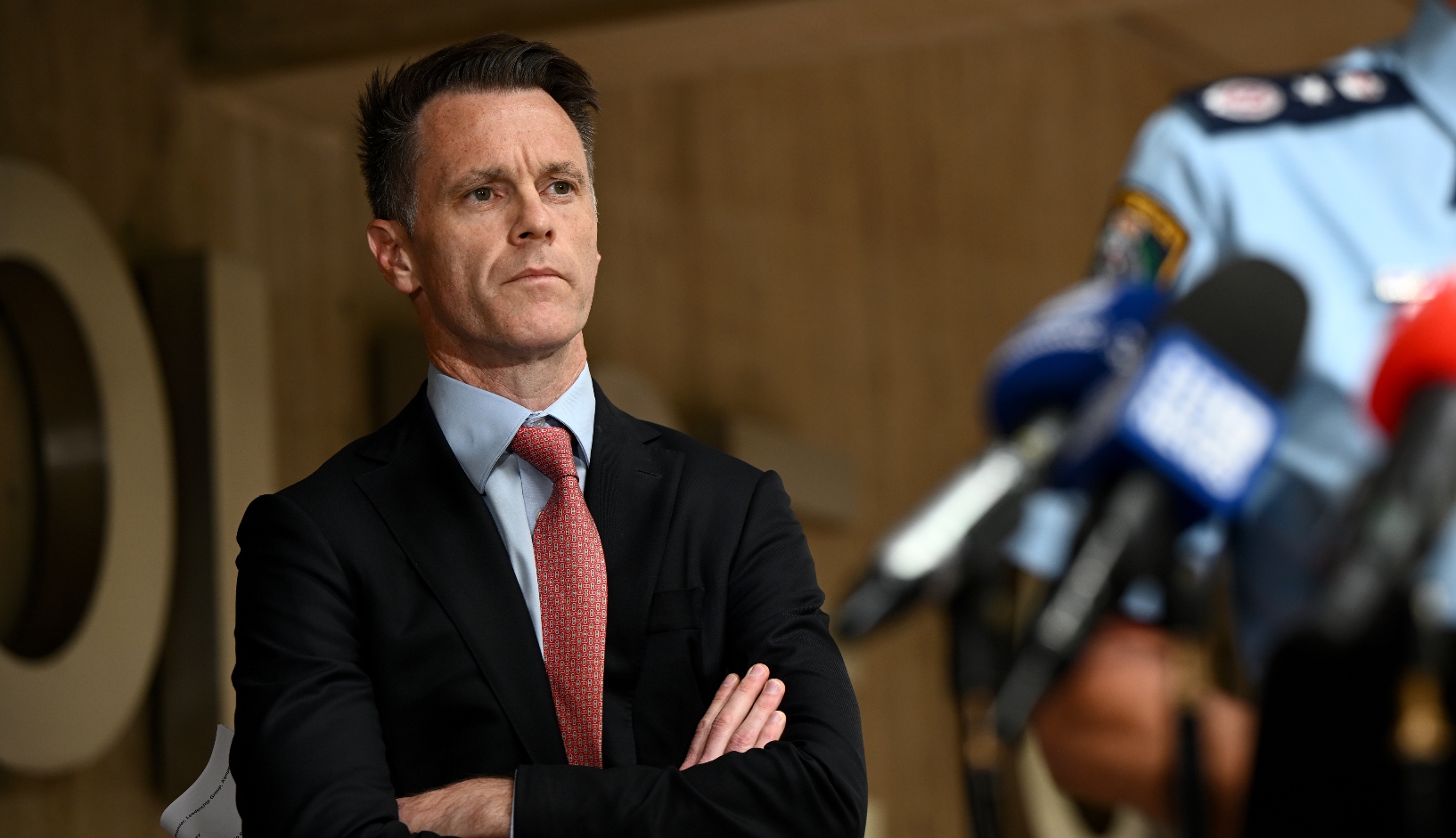
Climate change policy – Which party can stand the heat?
Climate change has been one of the hottest topics in Australia’s political conversation with Kevin Rudd calling it ‘the greatest moral challenge of our generation.’
But the question that remains is ‘What do our political parties intend to do about it?’ electionWIRE’s Claudia Sansom takes a look at the major party policies on climate change. Which party do you think has the best policy? Are our parties doing enough? Let us know your thoughts by using the hashtag #electionWIRE.
Mr. Abbot has publicly acknowledged climate change as real and requiring strong action against it, suggesting that the Coalition’s Direct Action scheme is specifically designed to do so. Liberal candidate Diaz painfully, summarised the Direct Action Plan as “planting trees”. Ironically this is somewhat correct. The Liberal Party environment policy describes one of the main features of the Direct Action Plan as forming a ‘Green Army’ of 15, 000 citizens “charged with the clean-up and conservation of our environment so that we can all enjoy a cleaner environment and a more sustainable future.” The ‘Green Army’ will “supplement the current land care efforts of councils, farmers and volunteers.” Thankfully the Direct Action plan has other features, such as remaining committed to a 5% reduction in GHG by 2020. Also, to establish an Emissions Reduction Fund of $3 billion to “allocate money…to projects designed to reduce carbon emissions.” Additionally introduce a streamlined environmental approval process to avoid duplication across Federal and State jurisdictions.
The other main agenda of the Direct Action Plan is neatly summarised in the Coalition’s slogan “axe the tax”. Abbott has repeatedly promised to not only remove the carbon tax once elected but to also dismantle the Clean Energy Finance Corporation, the Climate Change Authority and the Climate Commission. Greg Hunt has suggested the Emissions Reduction Fund will be sufficient enough to replace these by providing “incentives for businesses to cut emissions on a case-by-case basis, decided on the lowest cost per tonne of abatement.”. Turnbull, on Q&A, correctly condensed the Direct Action Plan as a stopgap, “not designed to go any further than 2020.” He acknowledged “if you want to reduce your emissions over the long term you are going to have to have a long market-based price on carbon”. This of course brings me to the ALP’s Climate Policy.
Following the tidal wave of opposition to the Gillard Government’s Carbon Tax, Prime Minister Rudd has brought forward the introduction of the Emissions Trading Scheme. The plan is to move from a fixed carbon price of $24.15 a tonne to a floating price of about $6 by July 2014 . ALP promises that revenue from the ETS will help families with tax cuts, higher pension payments and increased family payments with an overall reduction of $380 in the cost-of-living per household . Interestingly, the Howard Government had supported an eventual move to an ETS in contrast with Abbott’s current criticism that it is “not a true market” [whatever that means]. The ALP also promise that a re-elected Rudd Government will cut at least 150 million tonnes of pollution in 2020 and see at least 20% of energy come from a renewable source.
The Greens, as you would expect, have a much more ambitious approach to renewable energy. Renewable energy forms one of the main platforms for the Greens, with the intention to make Australia the “best place in the world to build renewable energy.” The Greens wish to power Australia with at least 90% renewable energy by 2030 by increasing the Renewable Energy Target and increasing the Clean Energy Finance to $3 billion per year for a decade. The Greens propose the introduction of the Energy Savings Agency. The Agency will have 3 central priorities. Firstly to help Australians generate their own power with a fairer price. Secondly, reduce power bills by achieving $1 billion in energy savings every year; comprised of avoided network investment and customer energy savings. Lastly, design a National Energy Efficiency Scheme. The Energy Savings Agency will essentially make Australia’s energy system “fairer, cheaper and cleaner.”
The current Australian political environment could arguably be reduced to one where the voter is electing their choice of the lesser of three evils. Such clear disparity amongst plans to combat climate change could be the deal-breaker when approaching the voting booth come September.










